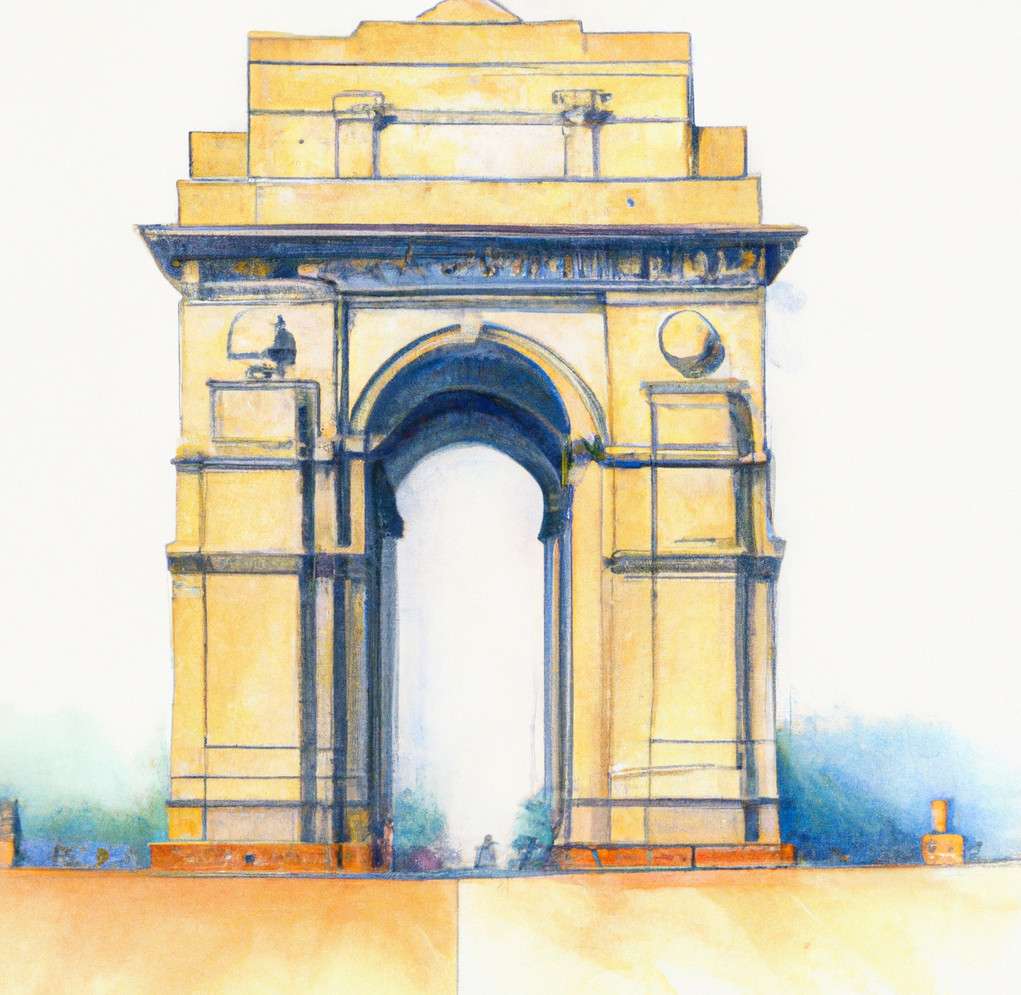The Timeless Beauty and Versatility of Indian Marbles
Indian marbles have a significant cultural and architectural value in India. They have been used in construction and interior design for centuries, adding elegance and grandeur to various structures. In this blog post, we will explore the history, types, characteristics, applications, advantages, challenges, and tips for selecting and buying Indian marbles. We will also discuss famous projects and structures that feature Indian marbles, emphasizing their timeless beauty and versatility in design.
History of Indian Marbles
Indian marbles have a rich history that dates back to ancient times. These marbles were commonly extracted from quarries located in regions like Makrana, Ambaji, Rajnagar, Kishangarh, and Udaipur. Over the years, the usage of marble in India evolved, and it became a popular choice for constructing architectural marvels. Some notable examples include the Taj Mahal in Agra, the Hawa Mahal in Jaipur, the Victoria Memorial in Kolkata, and the Akshardham Temple in Delhi.
Types of Indian Marbles
Indian marbles can be classified based on their color and patterns. There are white and off-white marbles, colored marbles (such as green, pink, and yellow), as well as veined and patterned marbles. Some popular varieties of Indian marbles include Makrana marble, Ambaji marble, Rajnagar marble, Kishangarh marble, and Udaipur marble. Each variety offers unique characteristics and aesthetics, allowing for a wide range of design options.
Characteristics and Properties of Indian Marbles
Indian marbles are known for their durability and longevity. They can withstand heavy foot traffic and are resistant to heat, water, and staining. These marbles also come in a variety of colors and patterns, providing endless possibilities for design. Additionally, Indian marbles can be polished and finished in different ways to achieve the desired look. However, they do require regular maintenance and care to preserve their beauty and quality.
Applications of Indian Marbles
Indian marbles have a wide range of applications in construction and interior design. They are commonly used for flooring and wall cladding in residential spaces, commercial buildings, hotels, and resorts. Their natural beauty also makes them a popular choice for sculptures and artistic creations. Indian marbles can be used for countertops, tabletops, fireplaces, and mantels, adding a touch of elegance to any space.
Advantages of Using Indian Marbles
There are several advantages to using Indian marbles in construction and interior design projects. They offer exceptional aesthetics and visual appeal, enhancing the overall look of a space. Indian marbles are also versatile, allowing for a wide range of design options. Additionally, they are readily available and more affordable compared to other types of marbles. Indian marbles are also a sustainable and eco-friendly choice, as they are natural stones that can be recycled and reused. Lastly, the use of Indian marbles can add value to properties, making them a worthwhile investment.
Challenges and Considerations
While Indian marbles have many advantages, there are also some challenges and considerations to keep in mind. Installation and maintenance can be challenging, as these marbles require professional expertise and regular care. There is also a potential for color fading or discoloration over time, especially if exposed to sunlight. Indian marbles are susceptible to scratches and etching, so caution must be taken to prevent damage. Lastly, it is important to select the appropriate marble based on the environment and usage to ensure its longevity and durability.
Tips for Selecting and Buying Indian Marbles
When selecting and buying Indian marbles, it is essential to do thorough research and identify the desired marble variety. Quality and authenticity should be evaluated, and it is recommended to seek professional advice if needed. Budget and availability should also be considered, as prices and availability may vary. By following these tips, you can ensure that you are making an informed decision and getting the best Indian marble for your project.
Famous Projects and Structures Featuring Indian Marbles
Indian marbles have been prominently used in various famous projects and structures. The Taj Mahal in Agra, known as one of the Seven Wonders of the World, is a stunning example of the beauty and grandeur of Indian marbles. The Hawa Mahal in Jaipur, with its intricate marble lattice work, showcases the craftsmanship and elegance of Indian marbles. The Victoria Memorial in Kolkata and the Akshardham Temple in Delhi are also notable structures featuring Indian marbles, adding a touch of luxury and opulence to these landmarks.
Conclusion
Indian marbles hold immense cultural and architectural significance in India. They have a rich history, diverse types, and unique characteristics that make them a popular choice for construction and interior design. The versatility and beauty of Indian marbles allow for endless design possibilities, making them a timeless choice. By exploring and considering Indian marbles in your construction or renovation projects, you can add elegance, value, and a touch of Indian heritage to your space.
Keywords:
- Indian marbles
- construction
- interior design
- history
- types
- characteristics
- applications
- advantages
- challenges
- selecting and buying
